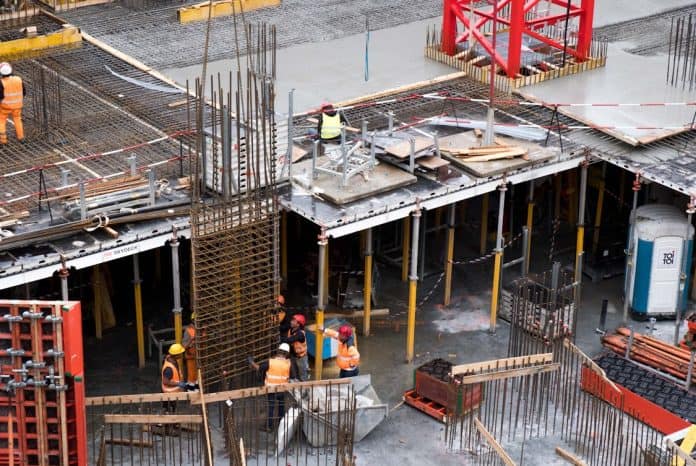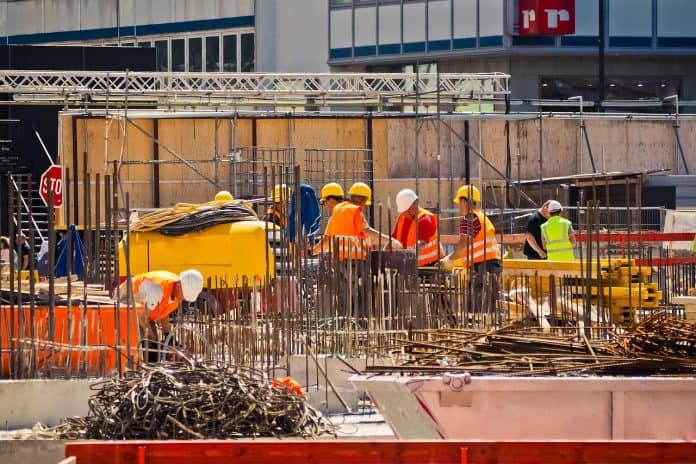Chiropractic care often focuses on physical well-being, but its benefits extend beyond the spine. Many individuals report improved mental clarity and enhanced focus after receiving chiropractic treatment.
This article explores how spinal alignment and musculoskeletal health can lead to sharper cognitive functions.
The Connection Between Spine Health and Brain Function
The spinal cord acts as a major communication highway between the brain and the body. When the spine is misaligned, nerve pathways can become blocked or irritated.
This interference may lead to a range of symptoms, including brain fog and difficulty concentrating. By realigning the spine, chiropractors can help restore proper communication between the brain and body, which may lead to improved cognitive clarity.
When the spine is in alignment, the central nervous system functions more efficiently. This efficiency translates to better information processing.
Imagine trying to tune a radio; without the right frequency, the sound is muddled. Similarly, a well-aligned spine helps fine-tune the signals between the brain and the body, leading to clearer thoughts and sharper focus.
Reduced Stress and Anxiety
Stress can cloud our judgment and reduce mental acuity. Chiropractic adjustments can help alleviate physical tension in the body, which in turn reduces mental stress.
When the body is free from tension, the mind can operate in a more relaxed state, allowing for clearer thinking.
Research indicates that spinal manipulation can lead to lower levels of cortisol, the body’s primary stress hormone. With reduced cortisol levels, individuals often experience a calmer mindset.
This newfound tranquility can facilitate improved focus, enabling individuals to tackle tasks with greater efficiency.
Enhanced Blood Flow to the Brain
Proper spinal alignment can also enhance blood circulation. Good blood flow is essential for delivering oxygen and nutrients to the brain.
When the body is aligned, blood vessels can function optimally, reducing any restrictions caused by poor posture or spinal misalignment.
Chiropractic care can help optimize the flow of cerebrospinal fluid as well. This fluid cushions the brain and spinal cord, providing essential nutrients and removing waste.
Improved circulation can lead to enhanced cognitive functions, helping individuals think more clearly and stay focused on their tasks.
Relief from Headaches and Migraines
Chiropractic treatments are often sought for headache relief, and for good reason. Tension headaches and migraines can severely impact mental clarity.
Misalignment in the cervical spine can lead to muscle tension and nerve irritation, causing headaches.
By addressing these alignment issues, chiropractors can help reduce the frequency and intensity of headaches. Fewer headaches mean less distraction, allowing individuals to maintain their focus on tasks at hand.
It’s a straightforward equation: less pain leads to clearer thoughts.
Improved Sleep Quality

Sleep is vital for cognitive function and mental clarity. Chiropractic adjustments can promote better sleep by relieving tension and discomfort.
When the body is free from pain, it’s easier to relax, and better sleep quality can follow.
Quality sleep plays a significant role in concentration and cognitive performance. During sleep, the brain processes information and consolidates memories.
Improved sleep could lead to enhanced cognitive abilities during waking hours. If you’ve ever experienced a groggy morning, you know the difference that good sleep can make in your mental sharpness throughout the day.
Support for Overall Physical Health
Physical health and mental clarity are intimately linked. Regular chiropractic care can promote better posture, alleviate pain, and enhance overall physical well-being.
When individuals feel good physically, they are more likely to be engaged mentally.
People who practice regular chiropractic care often report increased energy levels. When the body is not bogged down by discomfort, individuals can focus their energy and attention on their work or personal life.
An energized body translates to a more alert mind, which is essential for maintaining clarity and focus.
The Role of Lifestyle in Mental Clarity
Chiropractic care often encourages a holistic approach to wellness. Chiropractors may suggest lifestyle changes that complement their treatments.
This can include exercise, nutrition, and stress management techniques.
Engaging in regular physical activity can enhance mood and cognitive function. Exercise releases endorphins, which are natural mood lifters.
When paired with chiropractic adjustments, a healthy lifestyle can significantly boost mental clarity. A balanced diet rich in omega-3 fatty acids and antioxidants can also support brain health, enhancing cognitive performance.
A Holistic Approach to Mental Clarity
Chiropractic care promotes a holistic view of health that recognizes the interconnectedness of body and mind. By treating the physical aspects of health, chiropractors can lead to improvements in mental functioning.
This holistic approach aligns with the understanding that mental clarity is influenced by various factors, including physical well-being.
In practice, this means that individuals might notice improvements in their focus and clarity as they engage in chiropractic care, along with other healthy lifestyle changes.
Mindfulness practices, proper hydration, and balanced nutrition can further amplify the cognitive benefits of chiropractic adjustments.
Personal Stories of Transformation
Many patients share personal stories of transformation following chiropractic treatment. For some, the difference is night and day.
They often describe how adjustments have not only alleviated their physical discomfort but also transformed their daily lives.
With improved focus, individuals have reported better performance at work or school. Tasks that once felt overwhelming become manageable.
The clarity that comes with chiropractic care can also enhance creativity, allowing for innovative solutions to emerge.
Finding the Right Chiropractor
Choosing the right chiropractor is essential for realizing these benefits. It’s wise to seek a qualified professional who takes a comprehensive approach to care.
A good chiropractor will assess not only spinal alignment but also lifestyle factors that contribute to overall well-being.
If you’re looking for personalized care and a holistic approach to wellness, consider visiting a scottsdale chiropractor who can guide you toward improved mental clarity and focus.
Many chiropractors offer individualized treatment plans tailored to each patient’s unique needs. When searching for a practitioner, it’s worth considering their experience and treatment philosophy.
Open communication is key; a great chiropractor will listen to your concerns and work collaboratively towards your health goals.
The Future of Chiropractic and Mental Health
As research continues to explore the links between chiropractic care and mental clarity, the future appears promising. Increased understanding of how physical health impacts mental processes can lead to more integrated treatment approaches.
Chiropractors may increasingly collaborate with mental health professionals to provide comprehensive care. This multidisciplinary approach recognizes that addressing physical health can lead to profound improvements in mental well-being.
The integration of chiropractic care into mental health strategies may become a standard practice, enhancing cognitive functions for countless individuals.
In summary, chiropractic treatments offer numerous benefits that can significantly enhance mental clarity and focus.
By aligning the spine, reducing stress, improving circulation, and promoting overall physical health, chiropractic care serves as a valuable tool in the pursuit of cognitive excellence.



















